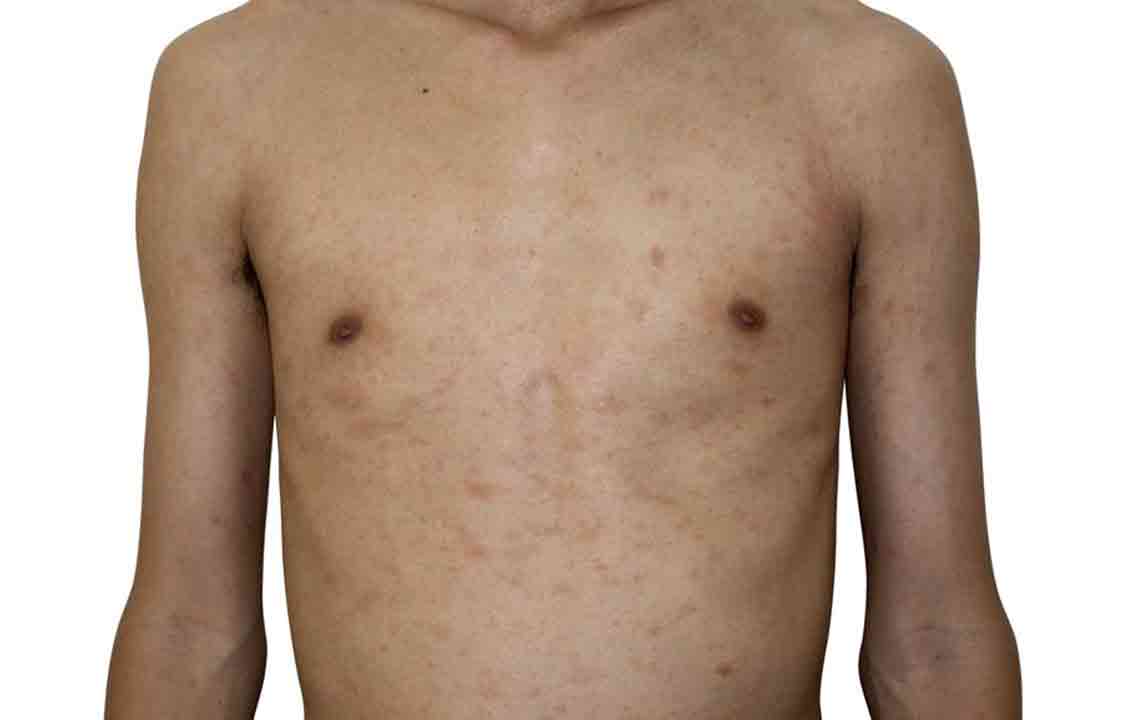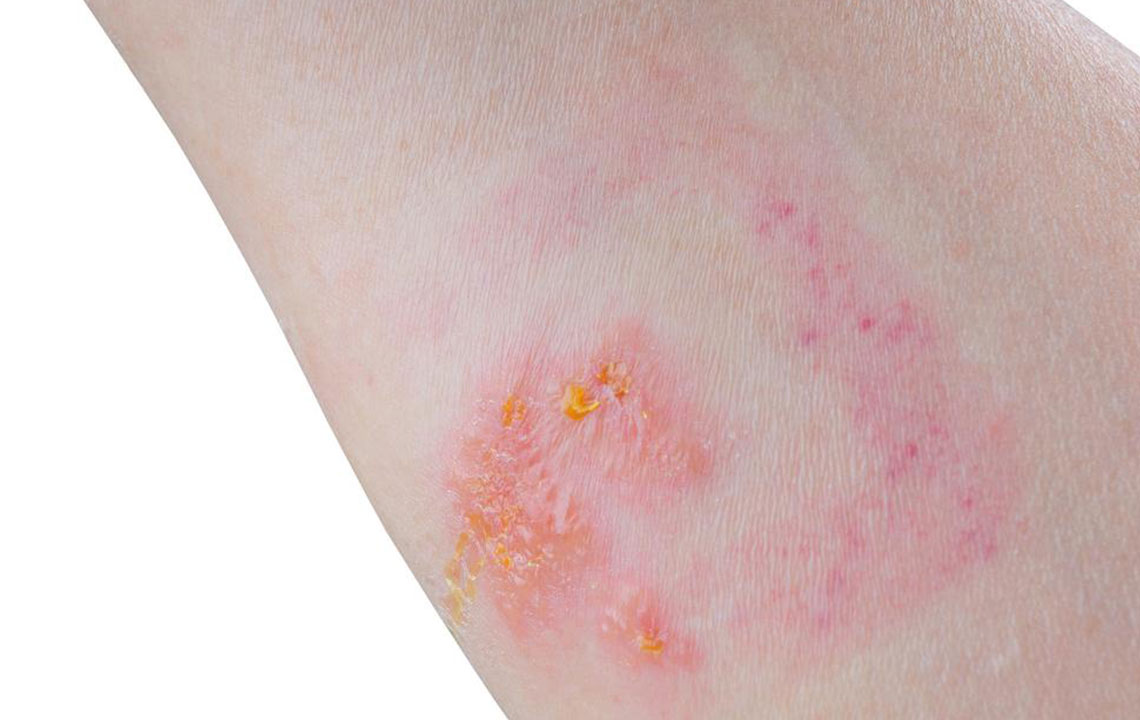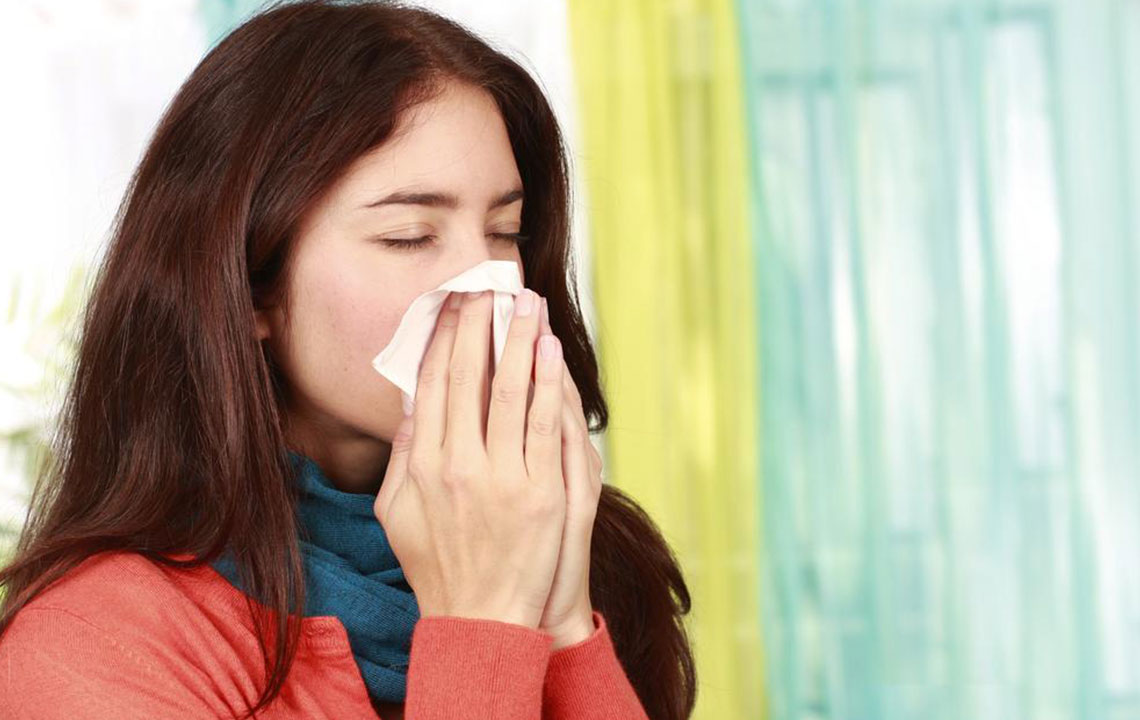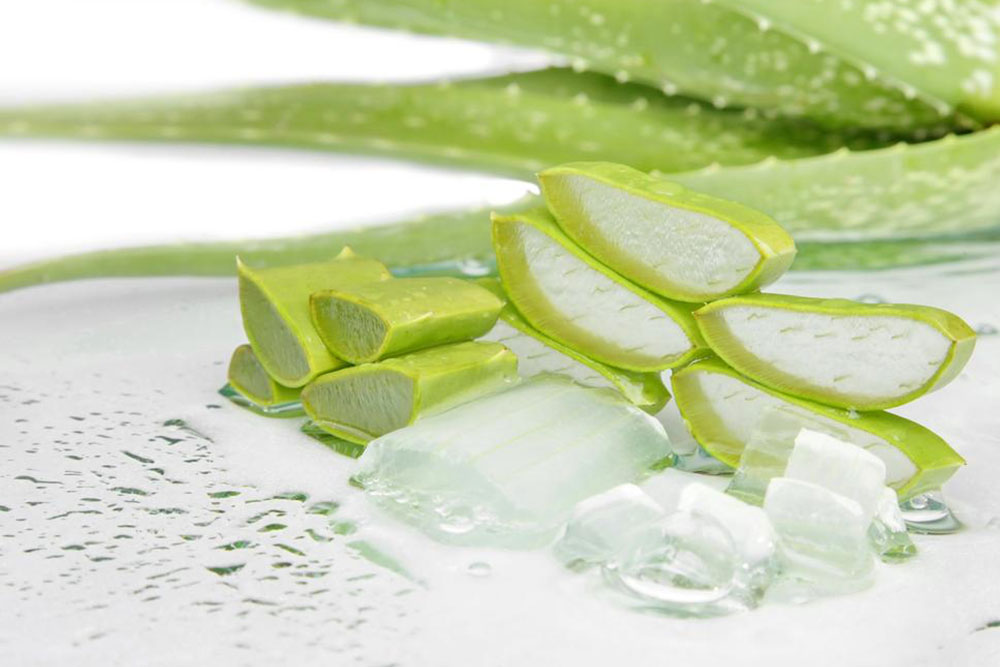Comprehensive Guide to Managing Skin Keratosis: FAQs, Treatments, and Home Remedies
This comprehensive guide offers insights into skin keratosis, covering diagnosis, treatment options such as cryosurgery and laser therapy, and effective home remedies like apple cider vinegar. It emphasizes the importance of professional diagnosis to distinguish keratosis from skin cancer and provides practical advice for managing benign skin growths safely and effectively. Whether for aesthetic concerns or skin health, understanding these key aspects helps individuals make informed decisions about treatment and skin care, ensuring a better quality of life.
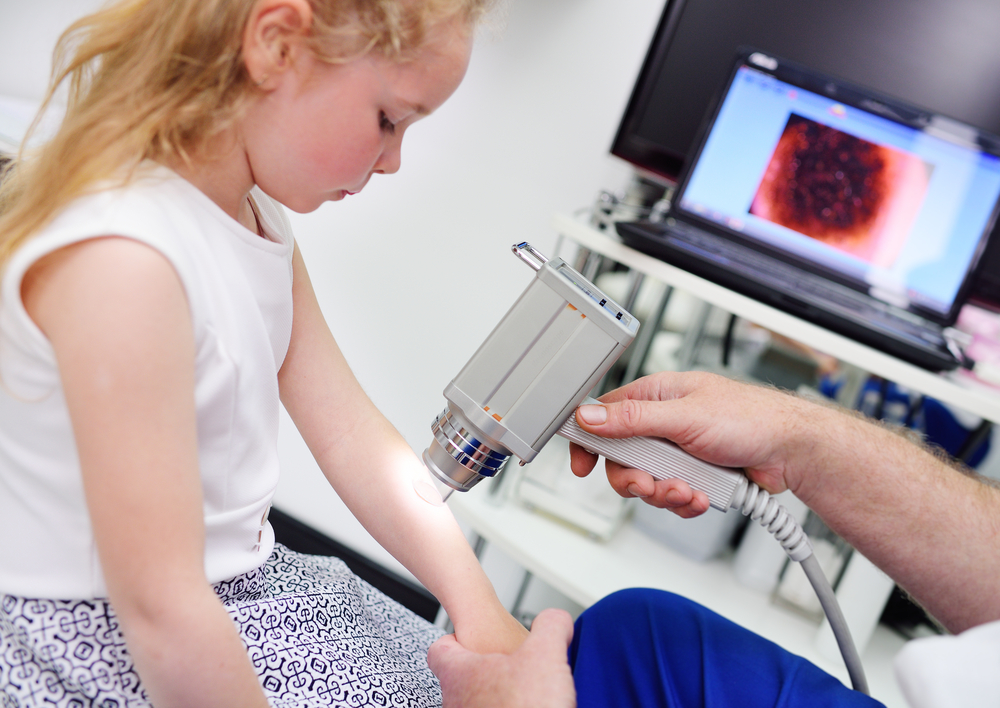
Essential Questions About Effectively Managing Skin Keratosis
Understanding the Fundamentals of Skin Keratosis and Its Management As we age, our skin undergoes various changes, some benign and others more concerning. One common condition that affects many adults, especially seniors, is seborrheic keratosis, often referred to simply as skin keratosis. These are benign skin growths that appear as rough, waxy, or wart-like patches on different parts of the body. Although they are harmless in terms of health risk, their appearance can cause cosmetic concerns and impact self-confidence. For individuals with a family history of skin conditions or those exposed to prolonged periods of sun, understanding this condition and how to manage it becomes even more important.
Recognizing the signs of skin keratosis is essential for effective management. These growths typically present as raised, oval-shaped patches with a slightly greasy or waxy appearance. They may vary in color from light tan to dark brown or black, often with a verrucous texture. Commonly affected areas include the face, chest, shoulders, back, and extremities. While these lesions are benign, distinguishing them from more serious skin conditions like melanoma is crucial. Proper diagnosis by a healthcare professional ensures accurate identification and appropriate treatment options are pursued.
Effective management of skin keratosis involves understanding diagnostic procedures, available treatments, and potential home remedies. Diagnosis often begins with a visual examination by a dermatologist, with biopsies performed if there’s uncertainty or suspicion of malignancy. Treatment options range from minimally invasive procedures like cryosurgery, curettage, electrocautery, to advanced techniques such as laser therapy. Each method targets the removal of keratosis lesions and reduces their visibility, restoring skin smoothness and appearance. #Symptoms typically include small, rough, wart-like bumps that may itch, bleed, or become irritated if scratched or rubbed.
Many individuals seek over-the-counter remedies or home treatments to alleviate discomfort and improve aesthetics. Common home remedies include the use of apple cider vinegar, hydrogen peroxide, vitamin D supplements, and cold compresses. While some of these remedies may offer relief, it’s crucial to consult a healthcare professional before attempting self-treatment. Medical supervision ensures the removal process is safe, effective, and minimizes the risk of complications. Tailoring treatment plans based on individual skin type, lesion size, and location is vital for optimal results.
In conclusion, understanding skin keratosis, knowing how to diagnose it correctly, and exploring effective treatment options—whether clinical or home-based—can significantly improve quality of life. Recognizing the benign nature of keratosis and seeking professional consultation for persistent or troublesome lesions will ensure safe management. With advancements in dermatological procedures, achieving smoother, clearer skin is more achievable than ever. For those affected, staying informed and proactive about skin health is the key to confidence and comfort in everyday life.
